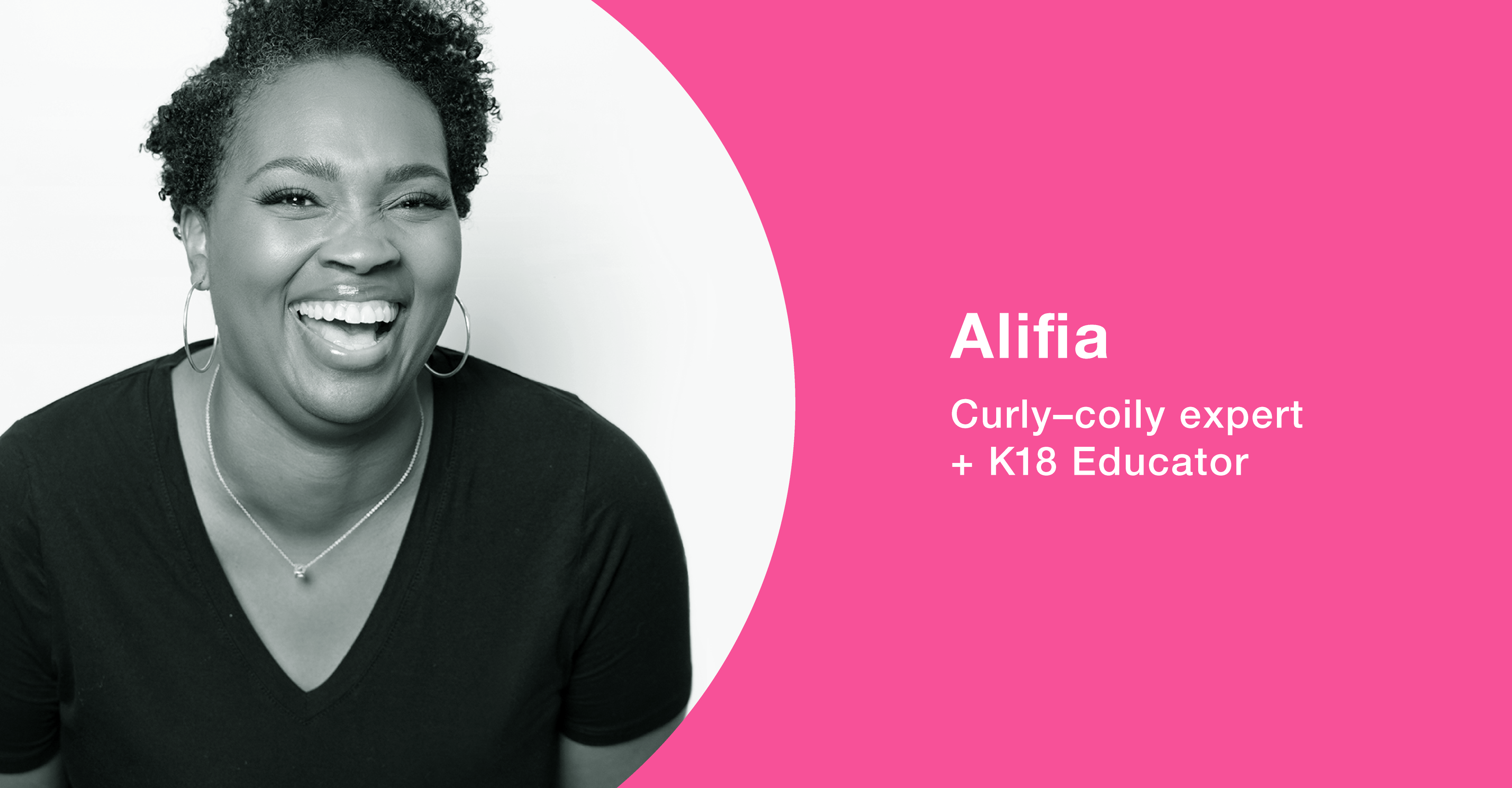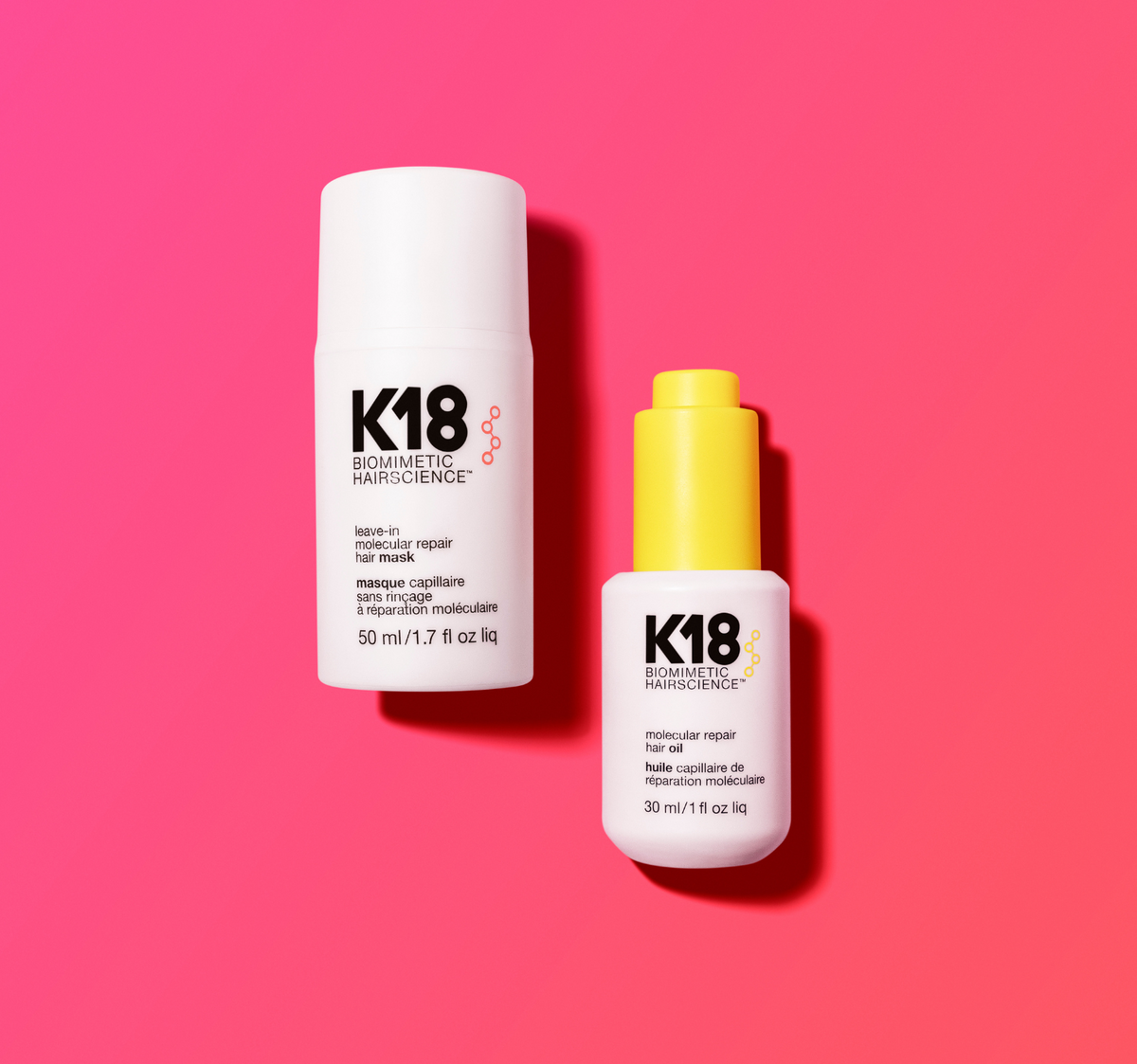Our guide to preventing damage from protective styles with PRO expert, Alifia

Summer has arrived, and you know what that means: Hot, humid weather calls for protective styles that keep our strands up, away, and protected. But can those protective styles damage your hair?
Short answer is: yes. Some protective styles, like braids and twists, can cause mechanical damage. Think of the hair knots, tangles, and split ends you come across—that’s mechanical damage. This is the wear and tear from tugging, brushing, or manipulating your strands. It can happen outside of protective styles too, but they are especially prone to causing tension.
So, what can you do about it? I’m glad you asked.
Even with low-maintenance protective styles, the key is in proper prep and aftercare. If you’re getting a protective style from a stylist, get the game plan! Do they want you to come in with your hair stretched? Will they braid it wet? This will help you understand what prep to do before your appointment.
hair prep
Properly prep your strands with a cleansing and detangling routine. Tackling buildup is a must as it weighs down your curls + coils and can create rough, damaged, and frizzy hair. Removing all that product buildup, dirt, oils, and metals will leave your strands really clean and much easier to work with.
PRO TIP: If you still notice a sticky feeling, get a chelating or demineralizing treatment from your stylist. This will treat metal + mineral buildup on hair for maximum hydration penetration—and softer strands to work with.
damage repair
My secret to longer-lasting protective styles: use molecular repair to reverse damage all the way in the innermost layers of hair, giving you a stronger hair canvas. Best part? Your protective styles can better withstand tension for longer with less frizz and split ends.
pick your protective style
Curious about what protective style you should get? It depends on your goals, what your crown looks like, and your lifestyle. Here are factors to keep in mind:
Your hair thickness (fine, medium, coarse)
Your hair density (how much hair you have)
How long + large your style is (how much tension it will create)
How long you want to keep your look for
You may want to go for the trendiest look, but finding a style that fits your crown will be better for your hair health in the long term. Specific styles like large-sized box braids on fine hair can cause a lot of tension and strain at the base. Besides being more uncomfortable day-to-day, it can cause breakage or even traction alopecia. That doesn’t mean you can’t rock this look, but you could choose to wear it for less time or have a smaller-sized braid to prioritize your hair health.
Get a look at some protective style options:

haircare
What you do AFTER getting the protective style matters, especially if you want a longer-lasting look with less damage.
Buildup can worsen if you work out or swim in chlorinated or salt water. Be sure to lightly rinse and shampoo your braids + twists with a clarifying cleanse post-swim or workout. This will help remove any buildup that can block hydration penetration and molecular repair products.
PRO TIP: After washing, let your hair dry fully before sleeping. Wet hair runs the risk of developing dandruff, fungus, or even mildew, especially near the scalp—and we don’t want that.
Our hair needs protection from friction to keep strands smooth, hydrated, and in place. Before bed, throw on a bonnet, hair scarf, or use a satin pillowcase to prevent further mechanical damage.
post-protective style
When you’re ready to take out your protective style, it’s time to clarify, repair, and rest your hair. One thing to look out for is hair shedding; it accumulates from the everyday hair fall hidden in your protective style—so don’t panic if you see a whole lot of hair fall.
Next, be sure to detangle pre-shampoo to prevent tangling or matting. Start from the ends, and gently work your way up to the roots. I like to have hair slightly damp (not soaking wet) to make it more pliable—especially if it hasn’t been detangled in a while.
Chances are, there’s buildup from oils, sebum, products, and minerals, and metals hidden in your curls and coils. Cleanse with a detox shampoo to remove residue in those hard-to-reach areas, clearing the path for hydration and molecular repair. Going in with a repair treatment after detoxing delivers maximum damage repair for strong, bouncy hair.
I get that when you feel like expressing yourself, waiting is the last thing you want to do, but protecting your hair health and strength is important, too. Try to wait at least 1-2 days after natural styles, and at least 3-7 days post sew-ins or braids. If you reallllly want to prioritize hair health, ideally wait 2-3 weeks before getting a new protective style. After that, you do you.
x Alifia, Curly-Coily Expert + K18 Educator
Check back soon for more curly-coily chats.



